J-STORIES - This March, an Osaka University research team lead by Professor Katsuhiko Hayashi became the first in the world to successfully produce eggs from iPS (induced pluripotent stem) cells of a male mouse and artificially inseminate them with sperm from another male mouse, resulting in the birth of baby mice. The research demonstrated that offspring could be produced from two male parents and, theoretically, could be also applied to humans.
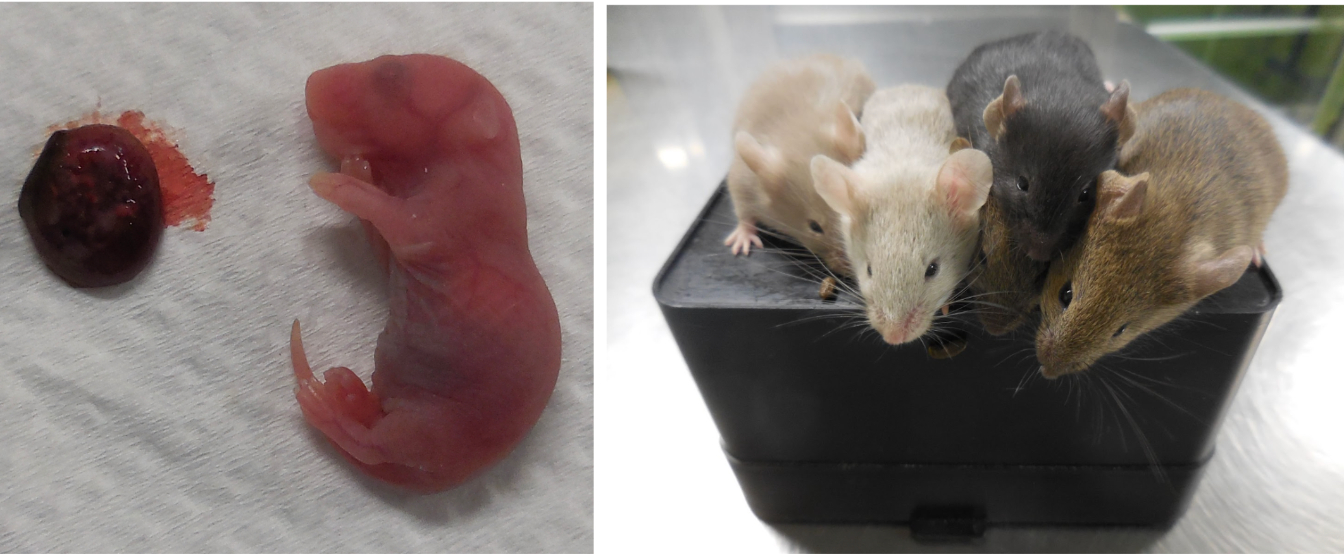
The sex chromosomes of humans and other mammals generally consist of one X and one Y chromosome in males, and two X chromosomes in females. However, cells are unstable after repeated cell division and even male sex chromosomes can very occasionally lose their Y chromosome or have two X chromosomes, as in females.
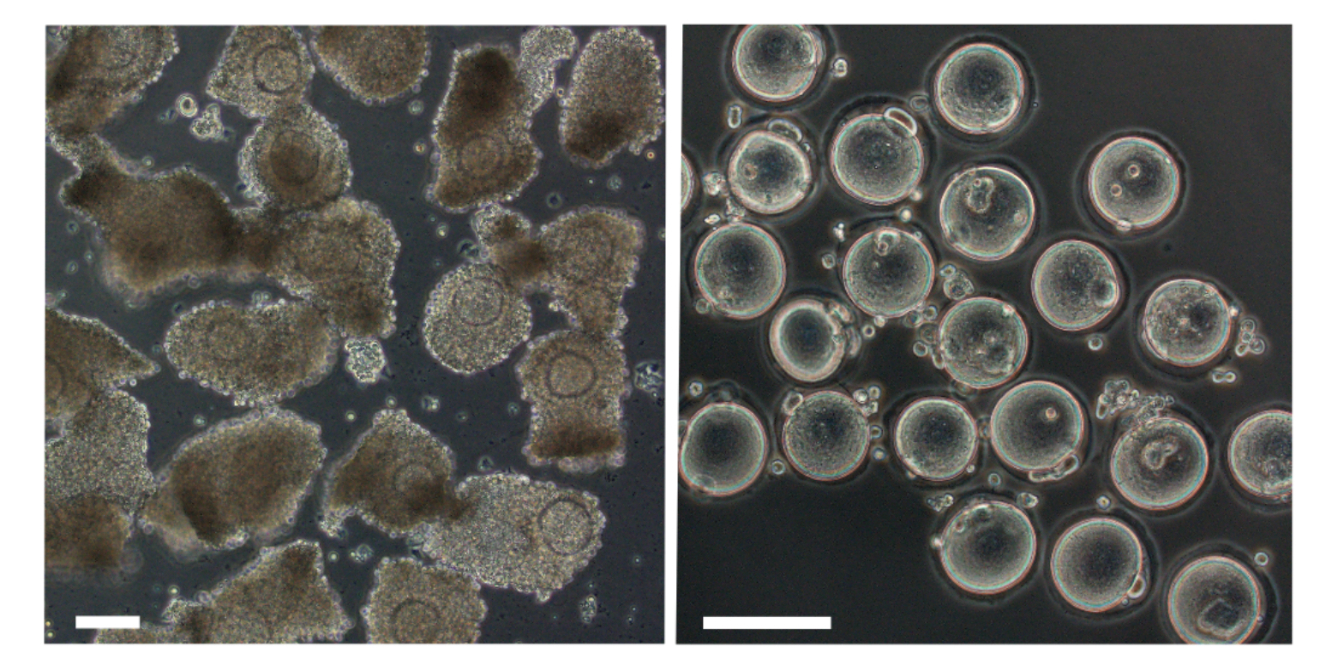
Hayashi and his team selected cells that had lost their Y chromosome from cultures of male iPS cells and used them to create eggs. These eggs were then fertilized with sperm, leading to the birth of healthy, growing baby mice.
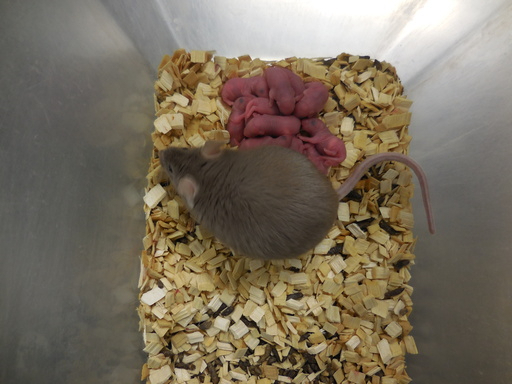
Although the research is currently restricted to mice, Hayashi told J-STORIES that “at the cellular level, the same technology could be applied to humans.”
“We could be successful in as soon as a few years. Creating eggs is still some way off, but there is no reason why it should be impossible. It's just a matter of time.”
The initial impetus for Hayashi’s research was a desire to help those with intractable conditions, such as women who cannot conceive due to chromosomal abnormalities. These include Swyer syndrome, in which a woman has XY sex chromosomes, and Turner syndrome, where a woman has only one X chromosome. Research into treating these syndromes lead to a method of producing eggs from males.

The production of offspring from two male mammals has generated a great deal of interest, not only from those with intractable conditions, but also from the LGBTQ+ community. On the other hand, there is also criticism from an ethical perspective that the research goes against the natural order. Any application to humans is likely to see strong views on both sides.
“There is potential to apply the research to humans as research progresses, but whether to apply it to human society or not is a different problem and requires discussion by society,” Hayashi told J-STORIES.
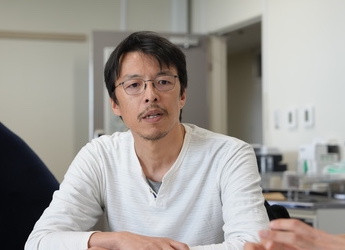
“Personally speaking, I feel that it is not a good idea to use science and technology to do things that cannot happen naturally, but if it is accepted by society, I intend to follow that lead. I believe that the role of scientists is to ensure that technology is safe and present it for debate.”

One potential application of this technology is in the conservation of endangered wildlife. In fact, as reported in J-STORIES, Hayashi is also involved in an international project to preserve the Northern White Rhino, of which only two remain due to poaching and environmental destruction. https://jstories.media/jp/article/saving-the-northern-white-rhino
%40Ol%20Pejeta.jpg)
There is no doubt that his research has already opened up new areas in reproductive medicine and the use of iPS cells. Going forward, it is likely to deepen discussion on ethical issues and diverse family structures. Many people are interested in how the research may find practical application and contribute to society.
In December, Hayashi was named one of Nature magazine’s “Nature’s 10,” an annual list exploring key developments in science and the individuals who contributed to them.
Translated by Tony McNicol
Photo by Osaka University
For inquiries about this article, please contact jstories@pacificbridge.jp
***
Click here for the Japanese version of the article
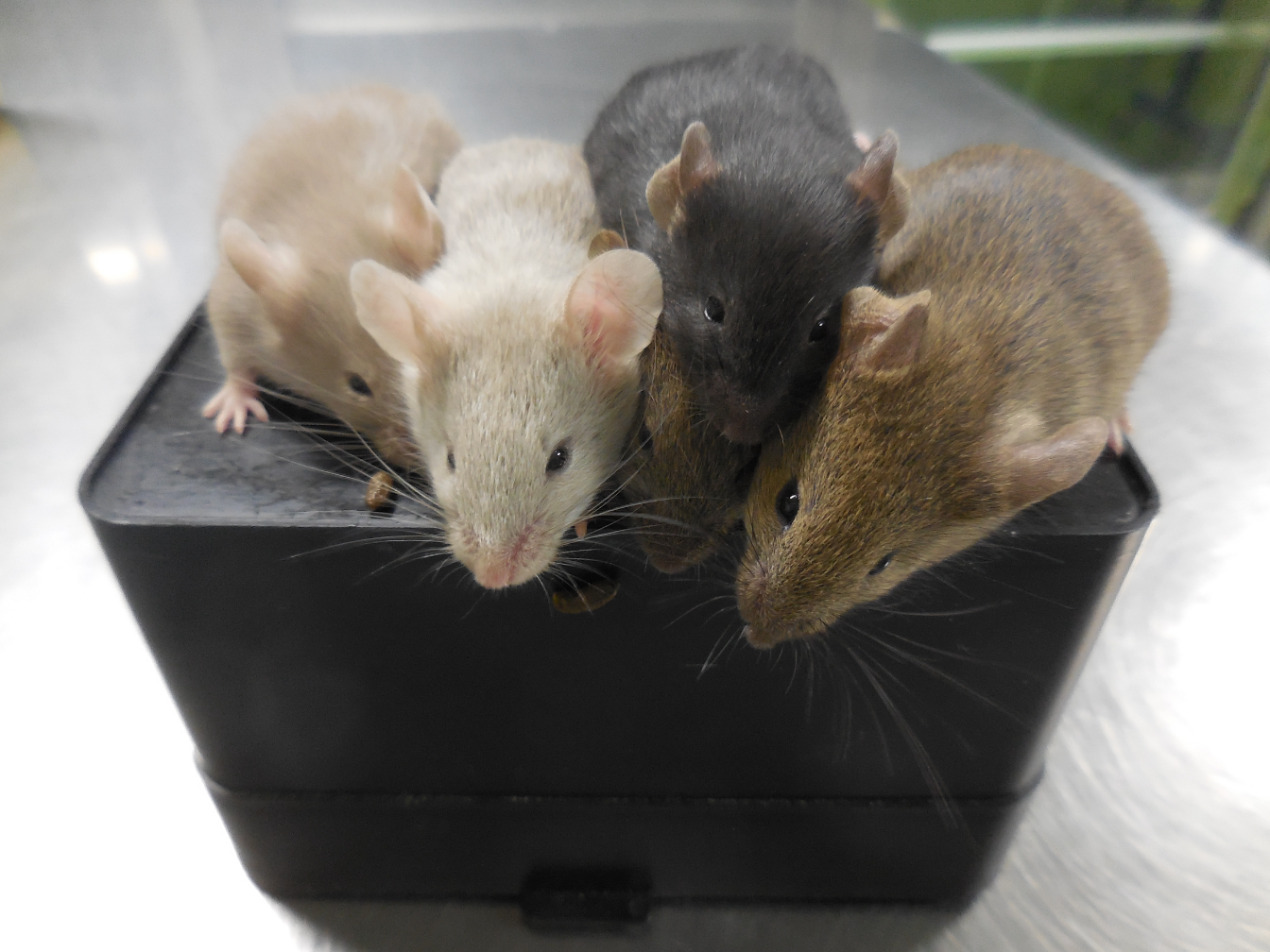

![[Podcast] Japanese technology to supercharge human fertility (Part 4)](https://storage.googleapis.com/jstories-cms.appspot.com/images/1768443226894unnamed-5_smallthumbnail.jpg)

![[Podcast] Japanese technology to supercharge human fertility (Part 3)](https://storage.googleapis.com/jstories-cms.appspot.com/images/1766558713084place-for-scientific-research-2025-03-07-14-08-49-utc%20(1)_smallthumbnail.jpeg)

![[Podcast] Japanese technology to supercharge human fertility (Part 4)](https://storage.googleapis.com/jstories-cms.appspot.com/images/1768443226894unnamed-5_bigthumbnail.jpg)

![[Podcast] Japanese technology to supercharge human fertility (Part 3)](https://storage.googleapis.com/jstories-cms.appspot.com/images/1766558713084place-for-scientific-research-2025-03-07-14-08-49-utc%20(1)_bigthumbnail.jpeg)
![[Interview: Part 2] A digital approach to tackle child hunger in Japan with dignity](https://storage.googleapis.com/jstories-cms.appspot.com/images/1766130666509unnamed_bigthumbnail.jpg)
![[Podcast] Japanese technology to supercharge human fertility (Part 2)](https://storage.googleapis.com/jstories-cms.appspot.com/images/1765863548035unnamed-7_bigthumbnail.jpg)
![[Podcast] Japanese technology to supercharge human fertility (Part 1)](https://storage.googleapis.com/jstories-cms.appspot.com/images/1765440905082unnamed_bigthumbnail.jpg)
_bigthumbnail.jpeg)


![[Interview] When digital and physical worlds meet](https://storage.googleapis.com/jstories-cms.appspot.com/images/1747974430456unnamed-2_smallthumbnail.png)

![[Interview] How Japanese musician Grover turned his passion of ‘sound’ into a health-tech startup](https://storage.googleapis.com/jstories-cms.appspot.com/images/1746181078493R7__1407_smallthumbnail.jpg)


_smallthumbnail.jpeg)

![[Interview: Part 1] From nourishing souls to feeding the hungry](https://storage.googleapis.com/jstories-cms.appspot.com/images/1763695595492unnamed_smallthumbnail.jpg)

